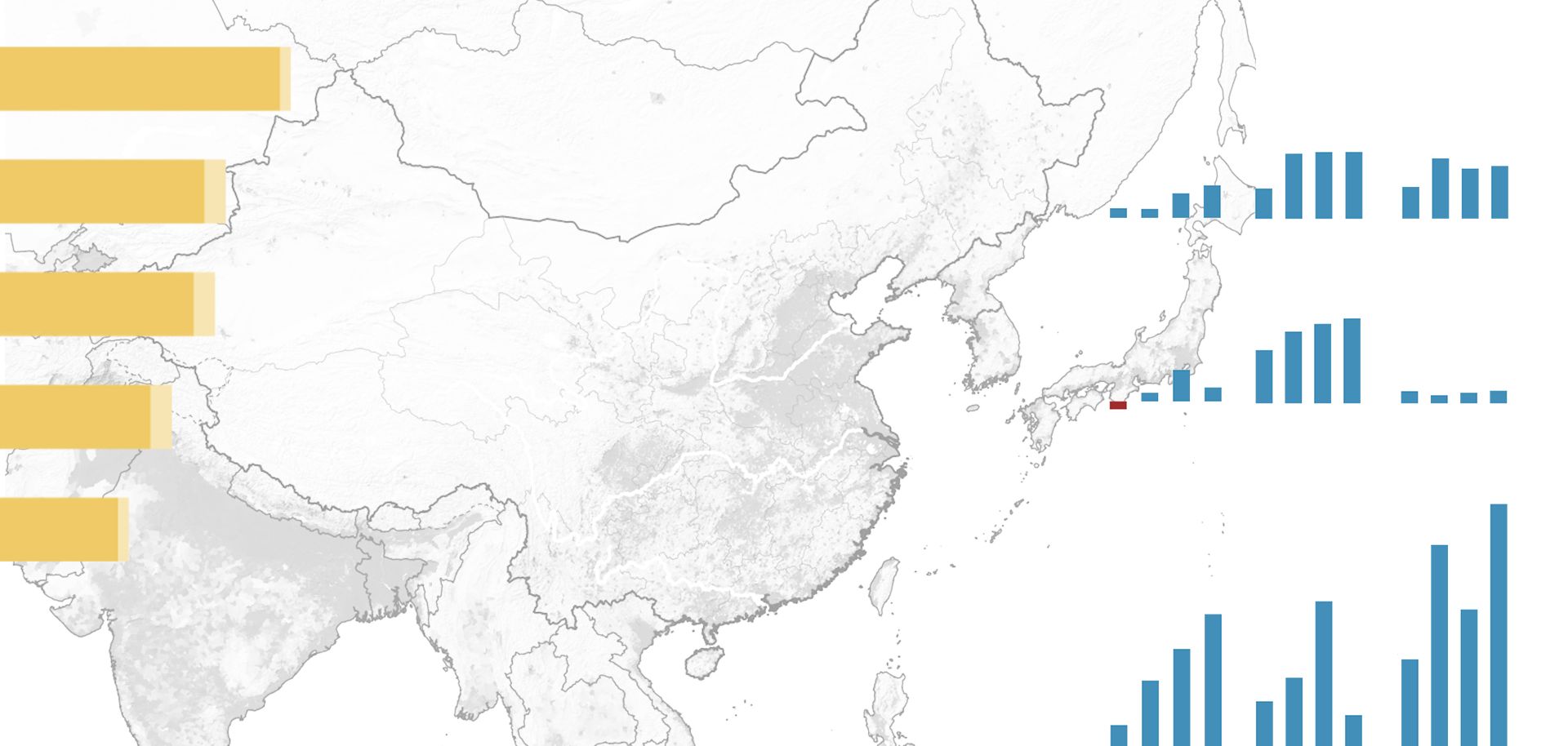
The first three human cases of H7N9, a new strain of bird flu, were reported in Shanghai and neighboring Anhui province in eastern China at the end of March. The two Shanghai cases resulted in deaths. As of April 8, 24 cases and seven deaths have been reported in eastern Chinese provinces, and the disease has been detected in Jiangsu and Zhejiang provinces as well. New cases of H7N9 are likely to be identified frequently in the near term, since the region and the virus are under scrutiny. While the disease is still new in humans, hundreds of people who have come into contact with the infected individuals are being monitored and there have been no confirmed infections. This indicates strongly that H7N9 cannot be transmitted between humans, and the World Health Organization, which has been very involved in the case, has said that there is no proof of human-to-human transmission. Although the possibility of an eventual mutation cannot be ruled out, the current lack of human-to-human transmission is an important difference between this flu strain and the Severe Acute Respiratory Syndrome virus, or SARS, which infected more than 8,000 people in 2003. The H7N9 virus is more similar to its H5N1 bird flu cousin, which also is not typically transmitted between humans. As measures continue to be taken to prevent any potential pandemic, it is possible that certain sectors, such as tourism and the poultry sector, could see short-term losses. But barring a shift in the behavior of the new virus, the long-term macroeconomic impact is likely to be minimal.



